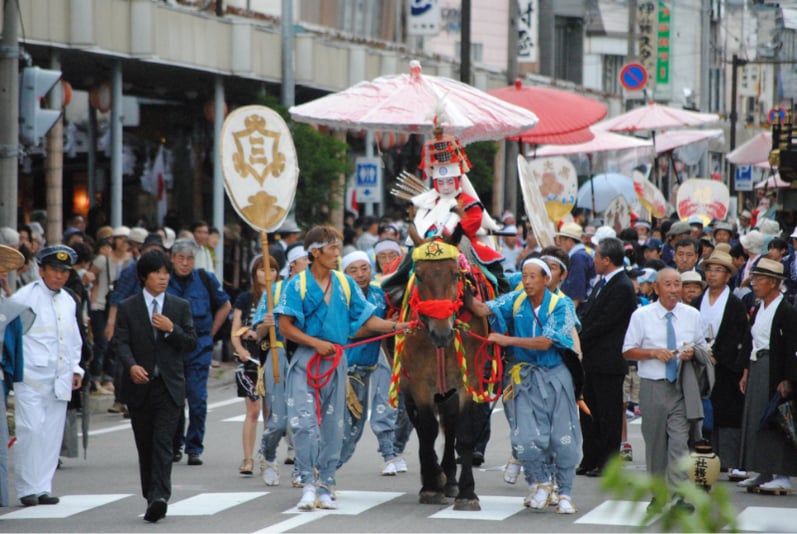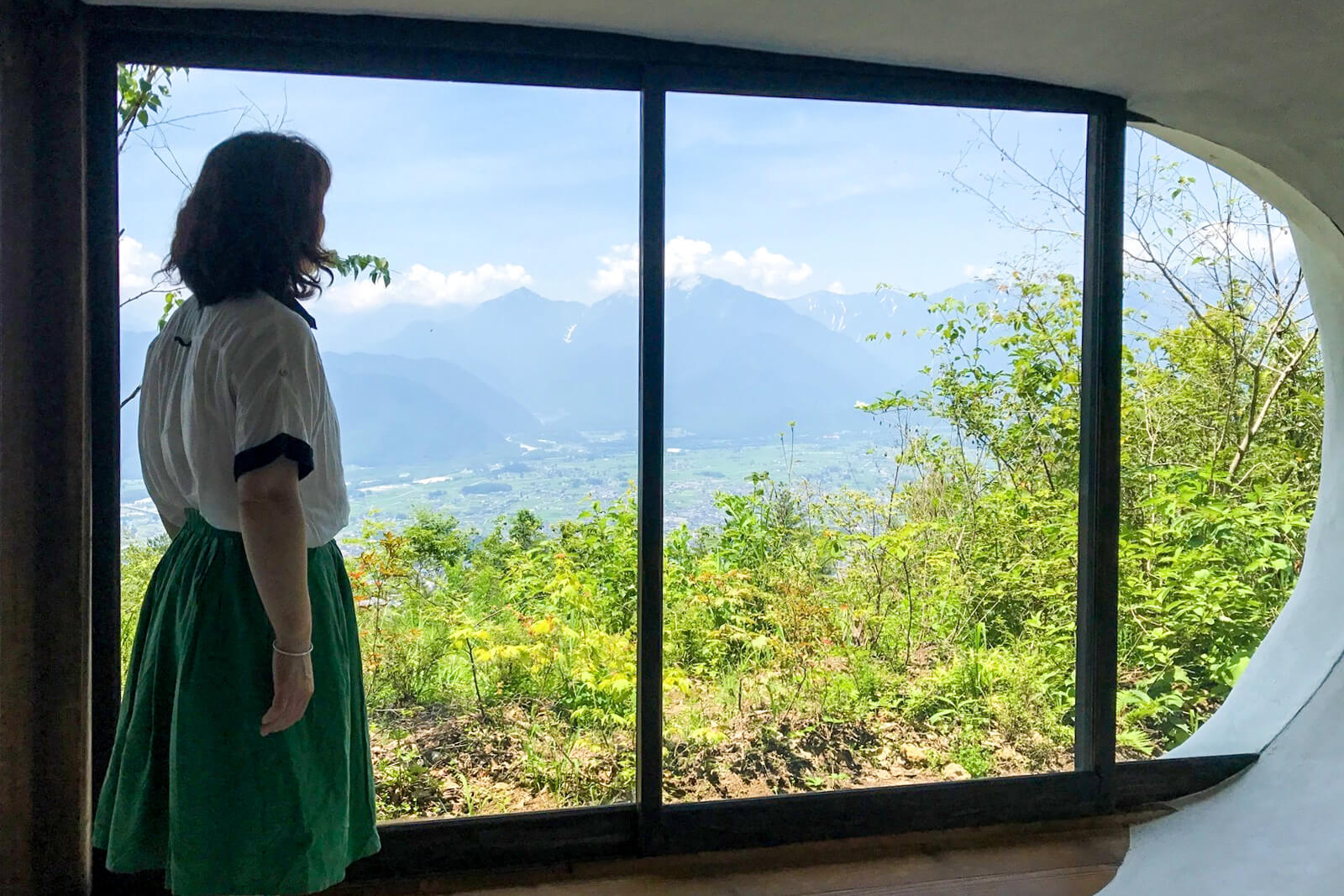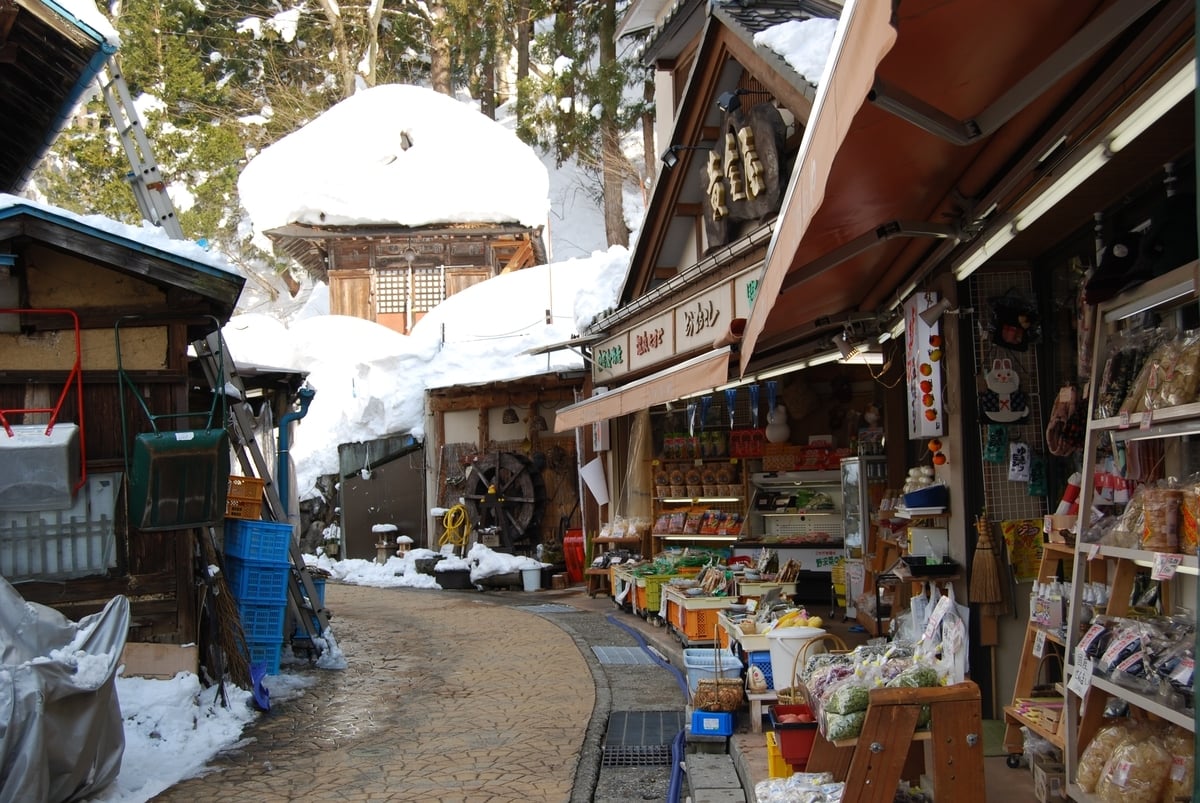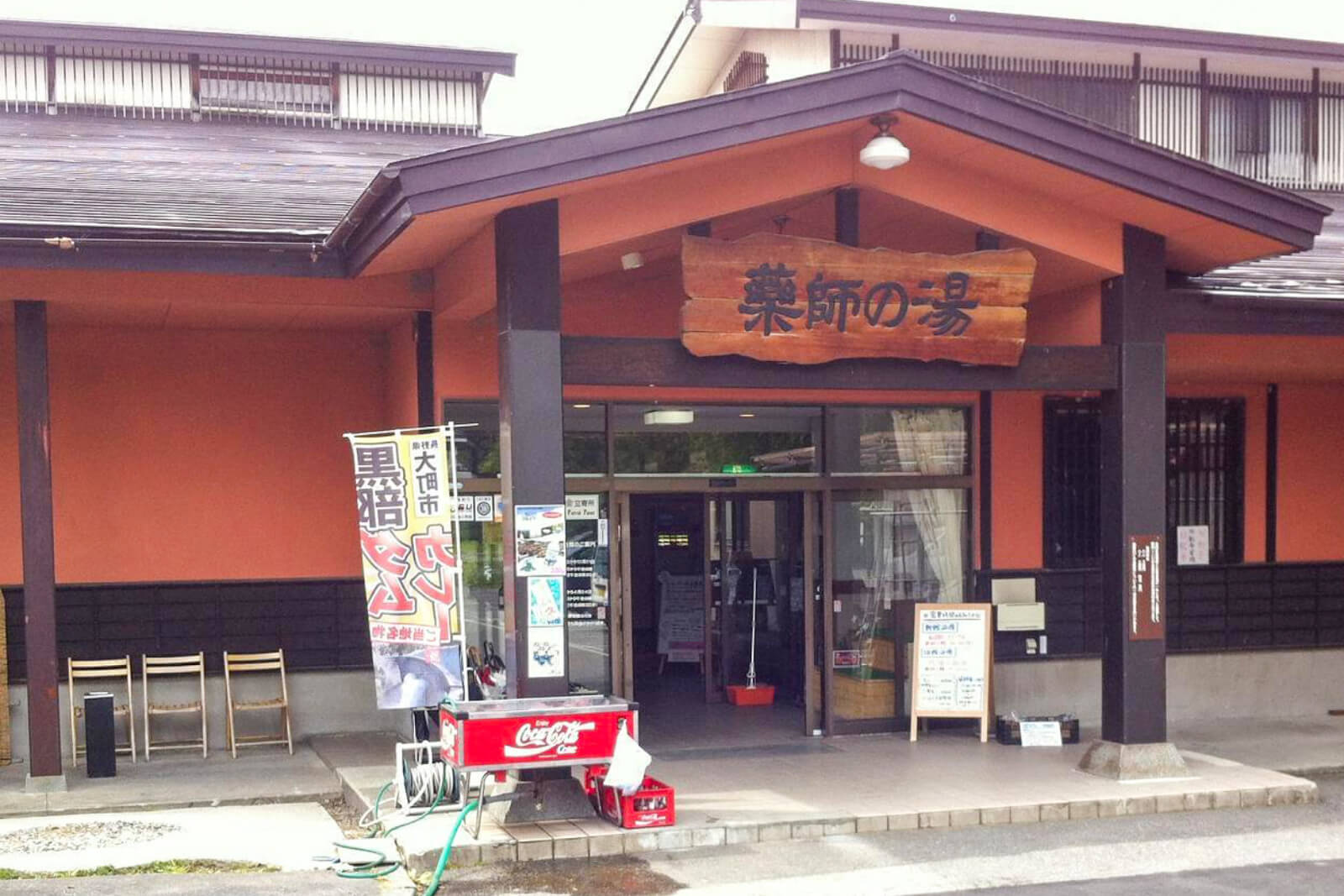
With its location on the main road to the Nagano-side terminus, Omachi Onsen Village is practically synonymous with the Tateyama-Kurobe Alpine Route. Smart travelers, though, know there is more to Omachi City than just sleeping at ryokan and traveling the Alpine Route. Here are just a few suggestions for ways to get the most out of a visit to Omachi. Onsen lore, remote gorges, secretive temples, one-of-a-kind festivals, imaginative food and more await your visit to Omachi.
Omachi Onsen Museum, for Hot Spring Enthusiasts
Ever wondered where that hot spring mineral water you soak in comes from? The Omachi Onsen Museum located inside the Onsen Village’s Yakushi-no-Yu public bathhouse will satisfy your curiosity. The museum’s collection has actual equipment used for pumping and distributing the onsen water as well as displays about different onsens throughout Japan. Plus, you can enjoy an onsen bath in the adjacent bath house.
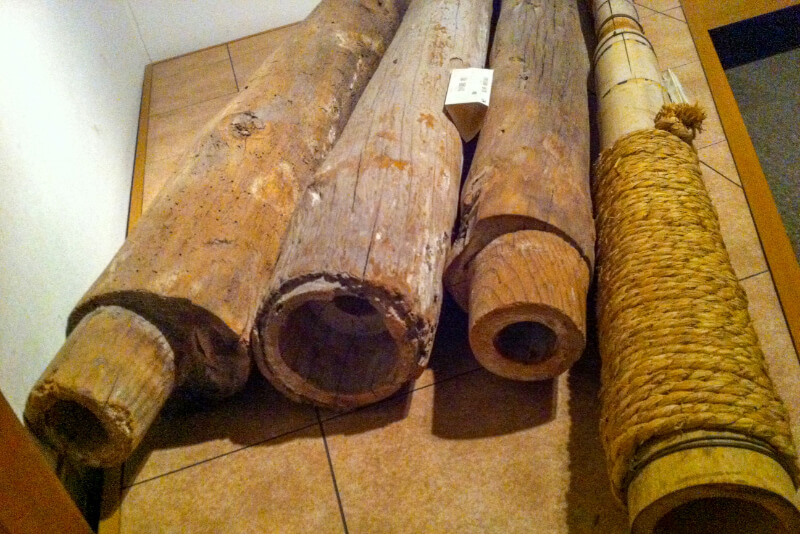
Picturesque Takase Gorge, for the Intrepid Explorer
While the majority of tourists flock to the Tateyama-Kurobe Alpine Route, just to the south is the comparatively unknown Takase Gorge. Compounded by the fact that you can’t go there via private car, the gorge is a hidden gem. But for those that make the effort, the spectacular view of the lake behind Takase Dam overshadowed by the massive Northern Alps is unforgettable. The verdant green colors of new spring growth from early May to mid-June, and the brilliant fall foliage from mid-October to early November are especially worthwhile to see.
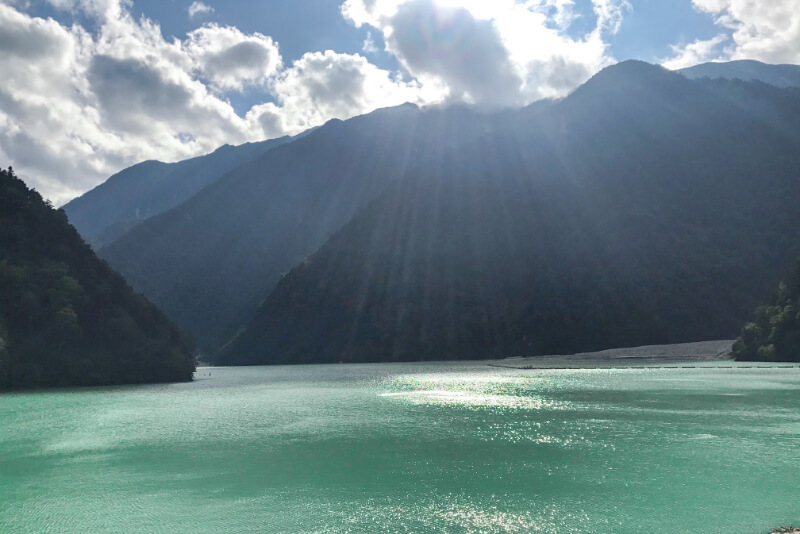
Takase Dam itself is an engineering marvel. At 176 meters tall, it is the 2nd tallest dam in Japan, and the largest rock-fill embankment type in the country. From the lower Nanakura Dam on, private cars are not permitted so access is via a special taxi.
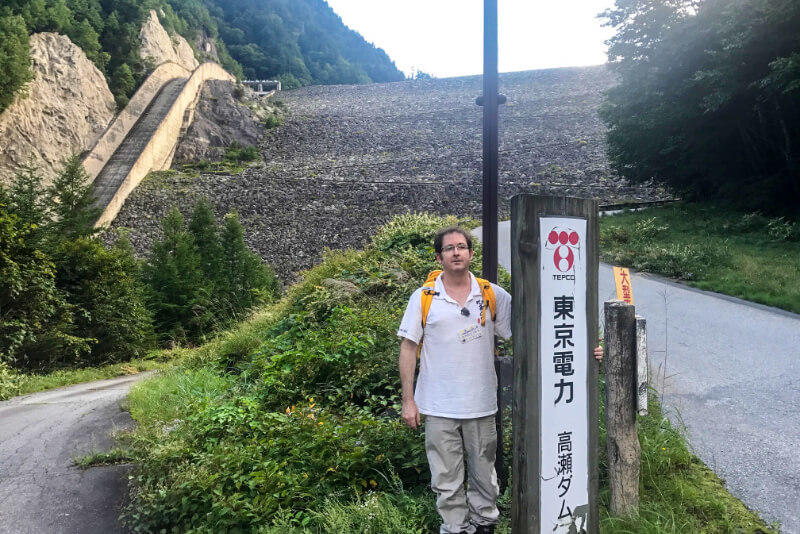
Reisho-ji Temple and its Secrets
Located in the foothills to the east of central Omachi City, Reisho-ji Temple features a stately Main Hall and an impressively large building to the side that provides housing for the priests. The two-story bell tower is decorated with intricate wood carvings and is covered by a thatched roof. A 17-meter tall Ohatsuki ginkgo tree, designated a natural monument of Omachi City, adds a splash of brilliant yellow color during the fall foliage season. The overall grandeur of the temple is befitting its 600 year history, but a closer inspection will reveal a dramatic episode in the temple’s story. The priests’ dwelling has a hidden floor, representing the age when Buddhist temples were forcibly being converted to Shinto shrines and the priests had to go into hiding to escape persecution. The tales the walls could tell!
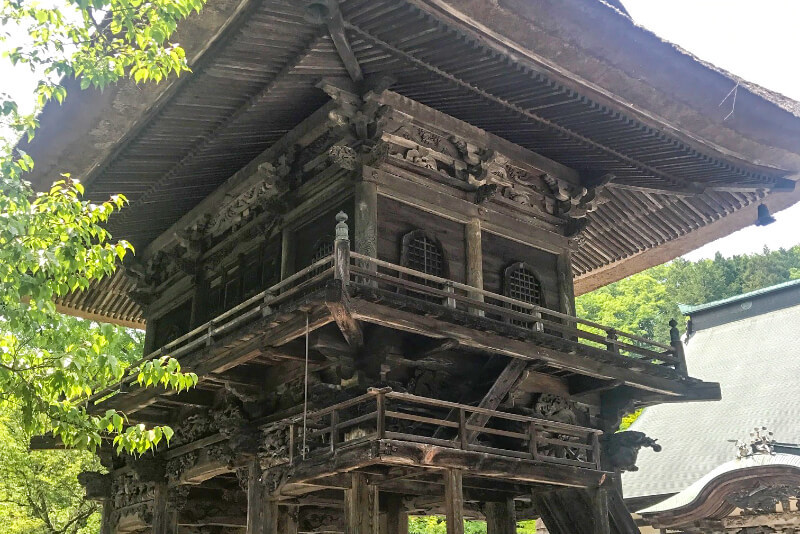
Shrine with Horseback Archery – by Children!
Nyakuichi-Oji Shrine is located in the center of Omachi City. Not only does the shrine have a history of over 700 years, but its main building and 3-story pagoda are designated national important cultural properties. The shrine’s annual festival features a “yabusame” horseback archery competition. One of the top 3 such competitions in the country, Nyakuichi-Oji’s is the only one with child archers. Boys dressed in period costumes also perform a procession through the town as part of this colorful festival. Mark your calendar for the weekend of the 4th Sunday in July.
Dam Curry Worth Waiting For
Picture the curved shape of the Kurobe Dam holding back a lake with the passenger ship ‘Garube’ cruising on the surface, and with water foaming out of the dam’s spillway. Now picture the dam made out of rice, holding back a ‘lake’ of curry with a cruise shape made out of fried chicken, and salad coming out of the spillway. That is Omachi’s signature ‘dam curry’! The popular ramen shop Buta no Sampo in front of Omachi Station is one of many area restaurants where you can find this trademark dish. Don’t let the line of people out front dismay you – their food and friendly service are worth the wait!
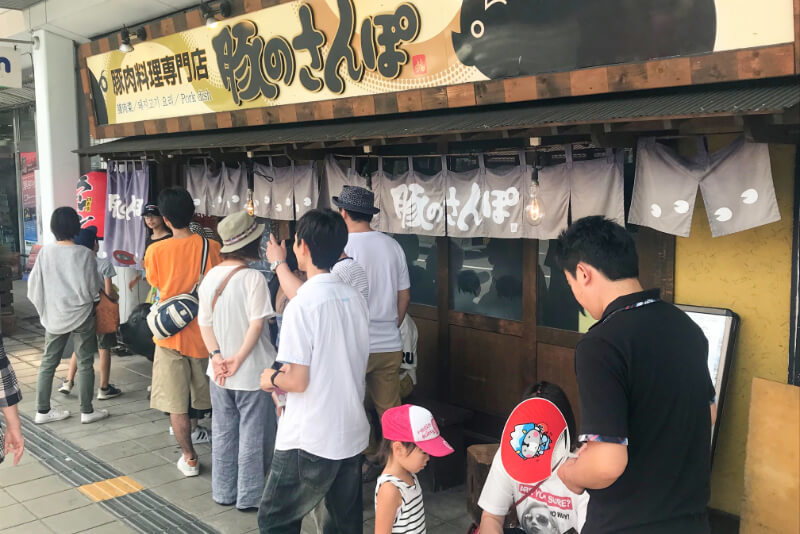
These are but a sampling of the attractions Omachi City offers in addition to the Alpine Route. So be a smart traveler and explore!

